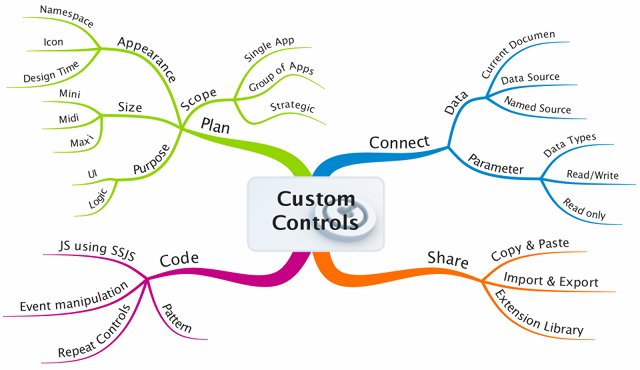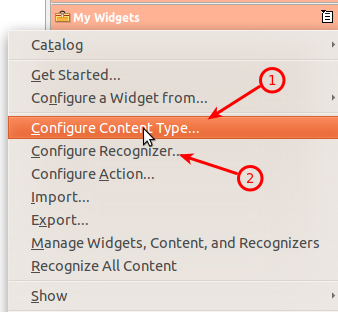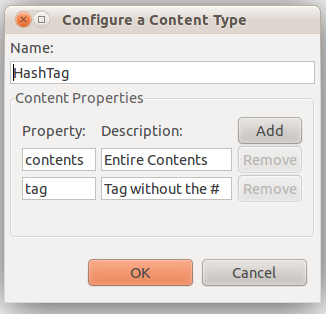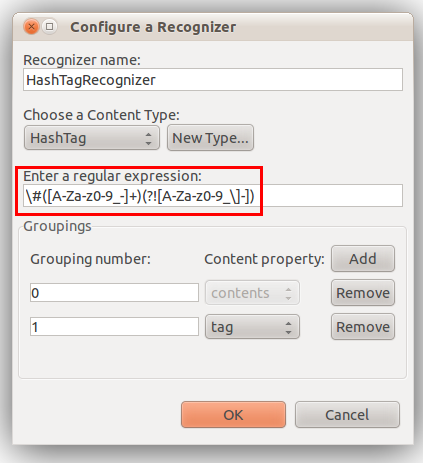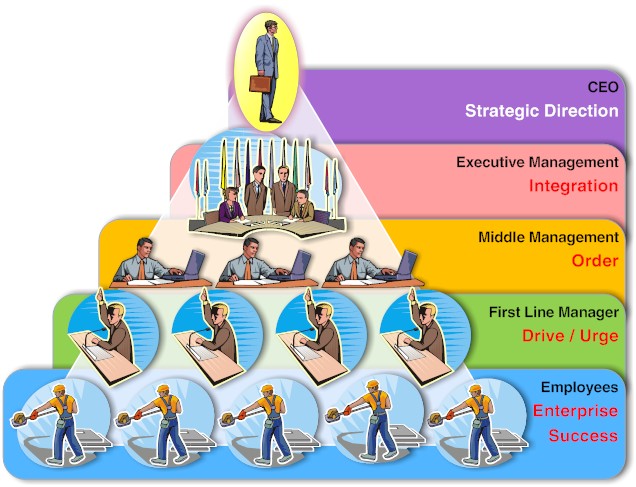When I ask around how people perceive my capabilities I often get back "
You are the NotesSensei, the know-it-all XPages expert close to the equator" (or something similar). While it certainly boosts my ego to be recognised as an expert in one field, it awfully feels like a case of one of the
blind men describing an elephant (with my current weight I surly qualify as one). It is a dilemma that plagues me for quite a while.
In a recent internal discussion with a manager I've been told: "
Your technical credentials are impressive, so you must lack on the business side". What an interesting conclusion. I ran my own business, started of way below zero funds and survived, I moved to another continent, rebuild my business with no contacts when I came here and survived. I survived law suites, fraudulent business partners and quite a number of organisations that looked down on my business ("
Will you be still around next year?" - Yes I was and they were gone). But being technically sound I was put into the "must lack in business" drawer. I wonder what a typical manager's survival rate would be, if stripped of all minions that do the actual work.
A lot of times people act surprised when they learn that I didn't study computer science but studied
economics during
national service and thereafter attended
law school (later
in Franfurt), where I dropped out the year my father died (and settled with his debt I started my first company). I learned
negotiating the hard way then.
Constant learning was always something I enjoyed, so naturally I soaked up the then nascent field of eLearning. While running the first company, where we build PCs from components as well as our very own hardware, I honed my interpersonal skills by becoming a
GPK certified "
Counsellor for personcentric development" (Read about
Carl Rogers to get an idea what personcentric means).
Yes, there was a lot of technology along the path. I administered a
IBM System /36 and helped law firms and a large
Credit Management Company to manage their software (working with some
political talent there). There I wrote COBOL and dBASE/Foxpro applications that seamlessly transferred data between PC and the IBM system. I advised
software companies that served the legal market.
I wrote a mini ERP for a
precision engineering and manufacturing company, while providing network support for a large
chemical company (so I know networks from PC-LAN, Novell, LAN-Manager to SNA).
Airlines (that was cool, got a private tour visiting a Concorde, unfortunately grounded only), advertisement agencies and retailers were in my customer list (I know a lot about variation management in office furniture, made me a
USM Haller fan). I wrote (in VB) the advertisement positioning module for a private
TV station.
I worked as a "holiday rep" in
Aldiana providing PC training in the early days (the machines had 2 Floppy drives only), taught me a lot about people and picking orders and how to break down complex topics into digestible units. My biggest public recognitions don't carry my name, but have my impact written all over them: I designed eGovernment software (C++, J2EE, XForms, webDAV, Oracle) that won a German price and eLearning software (in VB.NET) that won an APICTA award. I build social software when it wasn't called that for knowledge sharing and I never shy away from implementing change (which falls firmly into the soft skills dimension).
So there is more to me than "The Notes expert". While I carefully crafted the visibility of this expertise, I haven't shown much of the other areas since it opens the opposite trap: "
With that broad knowledge he can't be a deep expert" (despite all HR mumblings about T-shape skill development). What should I do? Stay tuned.
